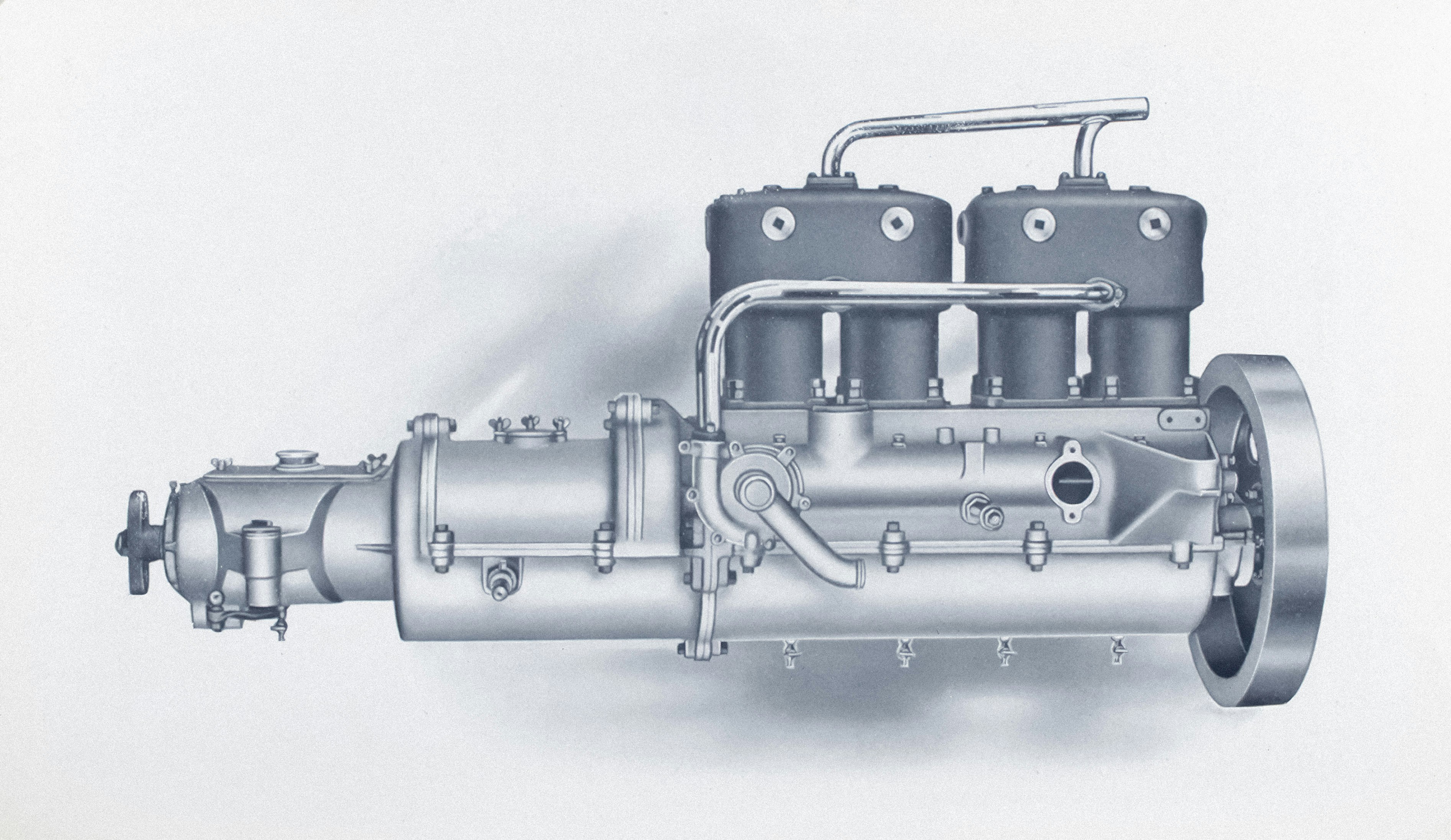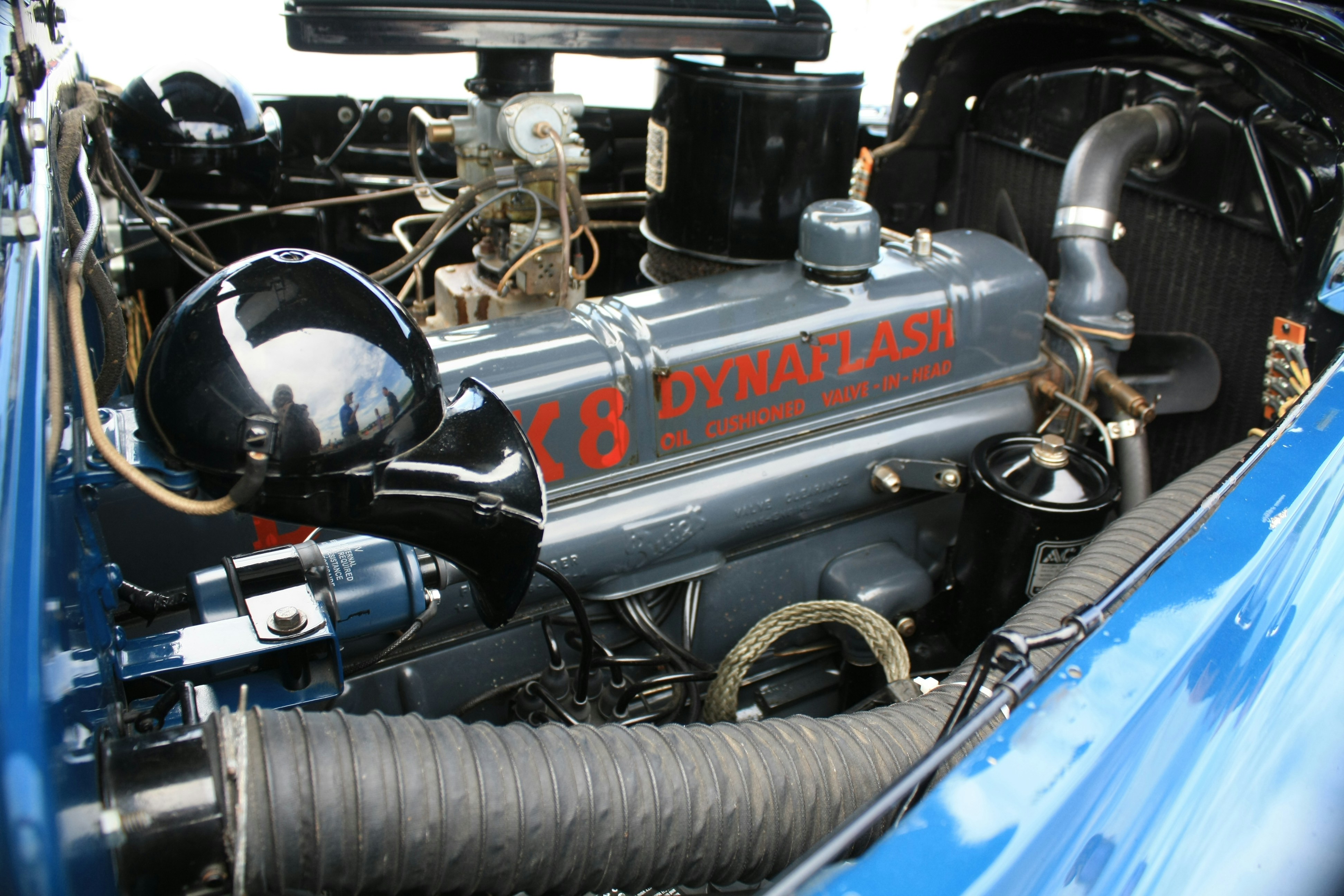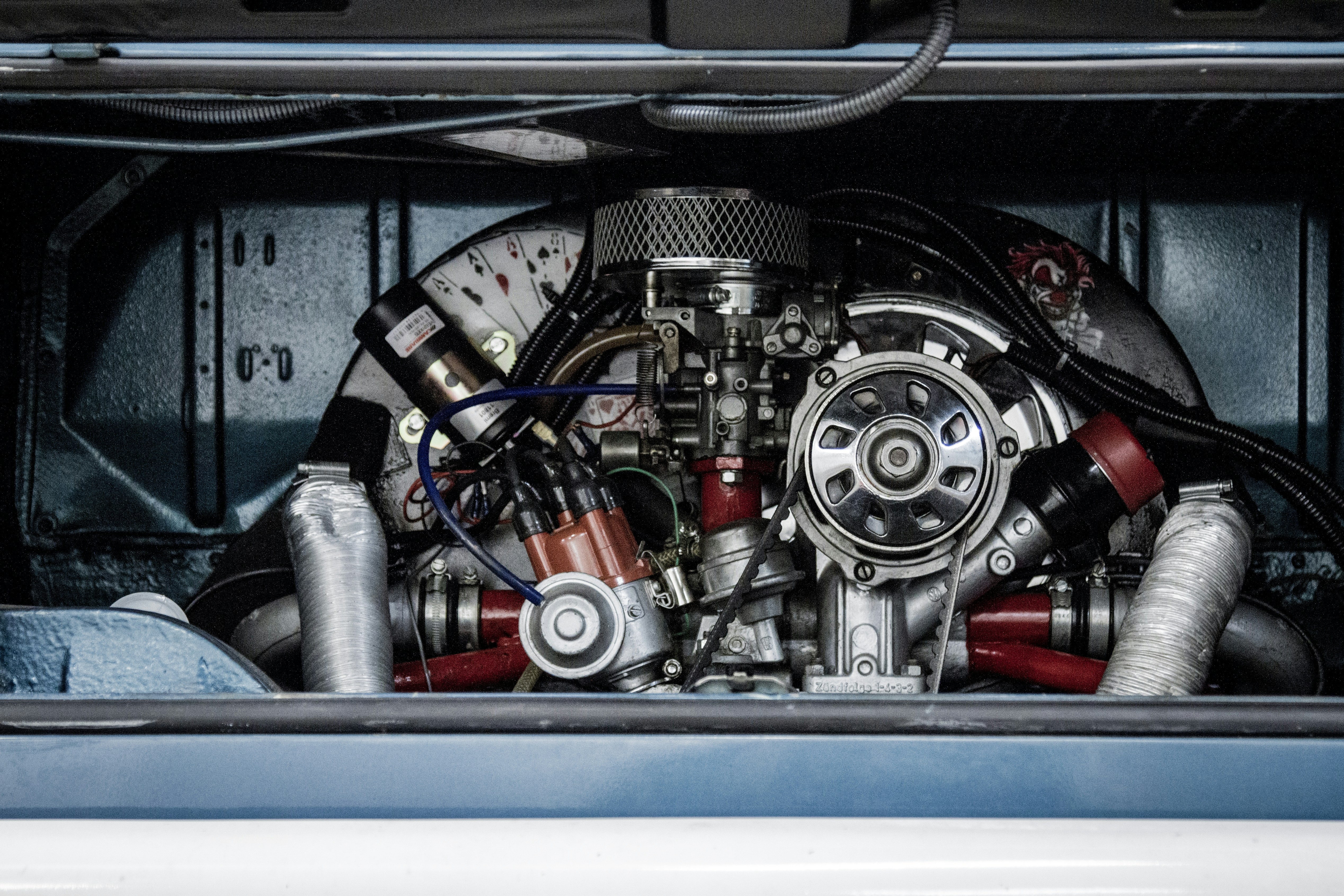Brushless vs Brushed Motors: Pros and Cons
Electric motors come in many forms, but the brushed and brushless varieties are among the most common in small- to medium-sized devices. Understanding the differences helps in choosing the right motor for your application.
⚙️ What Are Brushed Motors?
Brushed motors use mechanical brushes to transfer electricity to the rotor. The commutator reverses current direction, allowing continuous rotation.
✅ Pros:
- Simple construction
- Low initial cost
- Easy to control with basic electronics
❌ Cons:
- Wear and tear on brushes
- More maintenance
- Lower efficiency
⚙️ What Are Brushless Motors?
Brushless DC (BLDC) motors use electronic controllers instead of brushes. These motors are more efficient and have longer lifespans.
✅ Pros:
- High efficiency
- No brush wear
- Quiet operation
- Better torque-speed characteristics
❌ Cons:
- Higher upfront cost
- Requires electronic controller
- Complex wiring
📊 Performance Comparison
| Feature | Brushed Motor | Brushless Motor |
|---|---|---|
| Maintenance | Frequent | Minimal |
| Efficiency | Moderate | High |
| Lifespan | Shorter | Longer |
| Control | Simple | Requires controller |
| Cost | Low | Higher |
📌 Applications
- Brushed Motors : Toys, small fans, power tools
- Brushless Motors : Drones, EVs, precision equipment, HVAC
🧾 Conclusion
Brushless motors offer better performance and reliability, making them ideal for long-term and demanding applications. Brushed motors are suitable for simpler, cost-sensitive uses.


